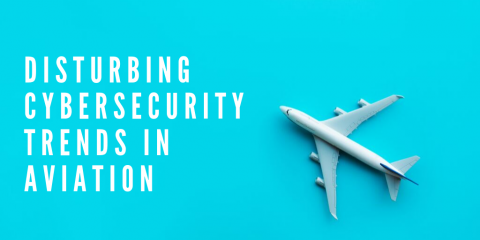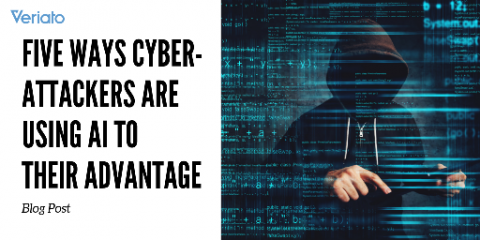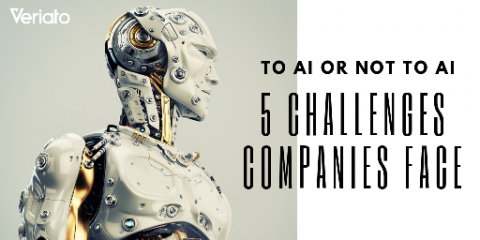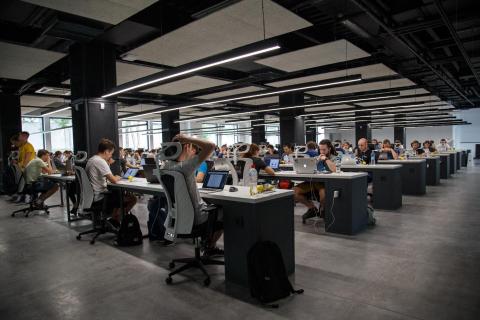Disturbing Cybersecurity Trends In Aviation
Aviation is a component of critical infrastructure that is comprised of a complex web of public and private organizations relying on millions of assets to move people and cargo around the world. The industry supports countless critical functions such as emergency response, community access, agricultural support, passenger services, national security, law enforcement, border security, intermodal connections to rail and shipping, and much more.





